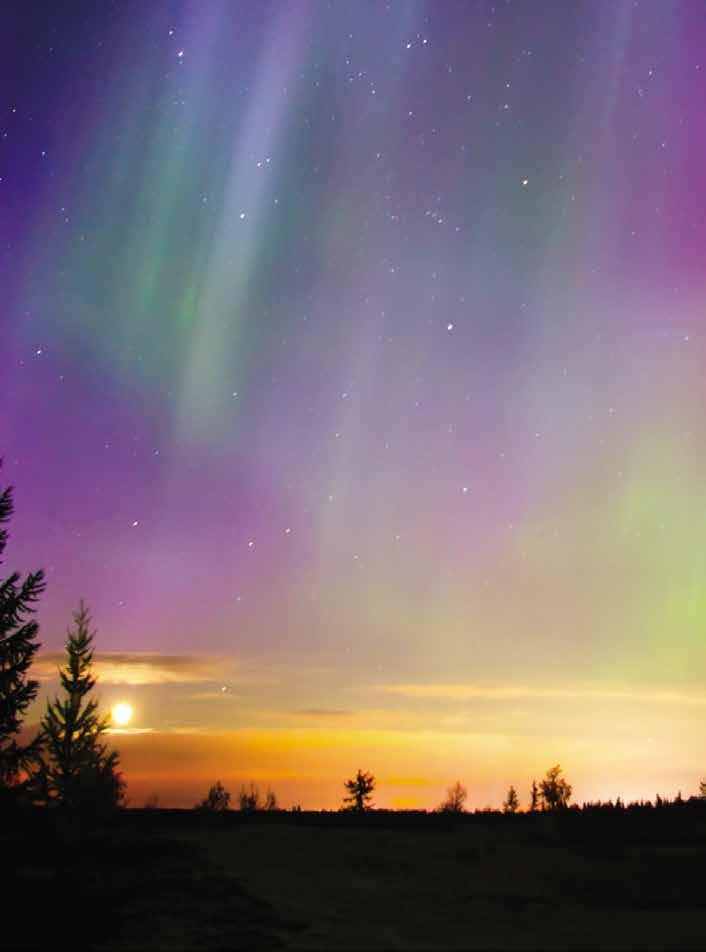|
SACRED LANDSCAPES |
REMEMBERING THE CANNONBALL RIVER by Dakota Goodhouse
T
he Lakota people keep their collective memory alive in pictographic records called winter counts. One such winter count, the
Brown Hat Winter Count, reaches back to what ethnologists and historians might call “myth-history,” to circa 901 CE. This history reaches back hundreds of years and recalls the arrival of the horse in 1692, the first horse-stealing raid in 1706, intertribal conflict, contact with traders, smallpox, star falls, eclipses, comets, sun dances, white bison hunts, conflicts with soldiers, treaties, the arrival of settlers, the boarding school and reservation era, and human survival. If the Cannonball River were excluded from primary resources like journals, maps, and winter counts, our North Dakota history would be poorer for it. There is a continuous cultural occupation of this Missouri River tributary reaching back to circa 1300 CE through the tribal histories of the Mandan, Arikara, Cheyenne, Yanktonai Dakota, and Hunkpapa Lakota. The Cannonball River has many names. The Dakota call it Íŋyaŋ IyÁ Wakpá (“Talking Stone River”) or Íŋyaŋwakağapi Wakpá (“Stone MakesFor-Themselves River”). The Mandan people call it Pasąhxte’ (“Big Creek”). The Hidatsa know it in their language as Aashihdia (“Big Creek”). The Cheyenne refer to the Cannonball River as the “River of the Rocks.” According to the authors of the Dakota Access Pipeline Class III survey report, they admitted to no tribal consultation. They didn’t need to consult with any tribe because the pipeline did not physically cross 2






